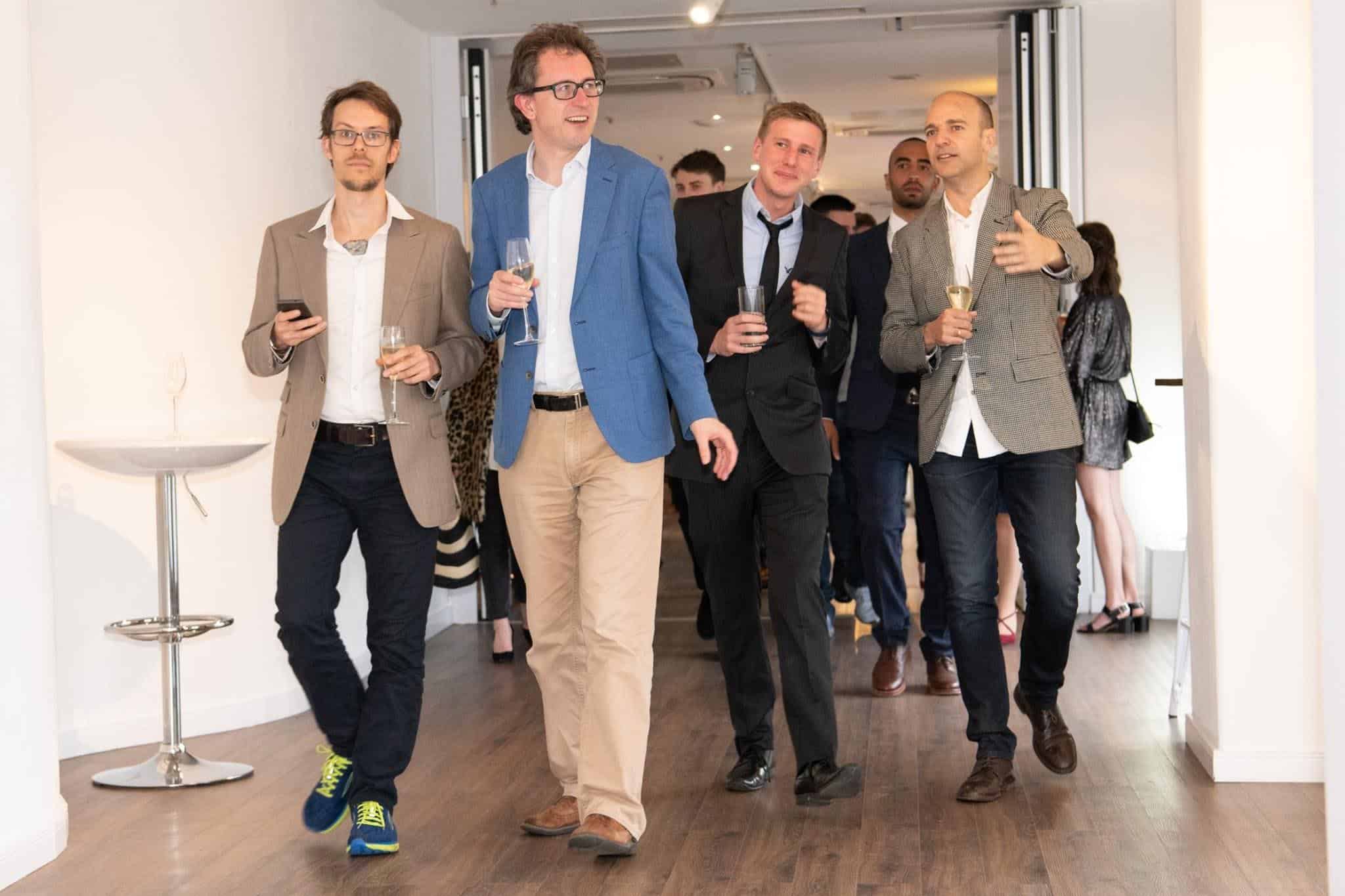Many years ago, back in Finland, I used to work with people with permanent mental and physical disabilities.
By supporting and helping people live independent lives I got to know some of them quite closely.
And one person, in particular, has stuck with me until this day.
His name is Leo and he was born with cerebral palsy and communicates using Blissymbols. Using a large red clicking device attached to the back of his wheelchair, behind his neck he would browse websites and create digital art.
We got to know one another because I was teaching him how to use Photoshop at the time.
About one in 440 people worldwide have cerebral palsy, a name used to group a number of mobility impairments that appear in early childhood.
At 17 million people, that’s the entire population of the Netherlands.
To navigate the web Leo would call up a virtual keyboard which cycled through each letter in the alphabet, allowing him to type out the URLs he wanted to visit.
A, pause, B, pause, C, pause, D, pause, E, pause, F, pause, G, pause, H, pause etc.
Once he selected a character, the software would start the cycle all over again.
Most websites back then, and still to this day, either don’t redirect from the www-prefixed subdomain or don’t set the canonical name to their non-www-prefixed domain.
Imagine being forced to type www before every single website you visit.
Leo has more patience in a day then you will have in a lifetime.
But it didn’t inspire me—disabled people don’t want to be an inspiration.
It enraged me.
I vowed there and then to become a pain-in-the-ass for good, to change the web wherever I could.
Since then, I’ve been on an over decade-long quest to make the web better for everyone, not just the people it is easy for.
Becoming a Champion for Change
The British Interactive Media Association (BIMA) is the industry body that represents Britain’s digital and tech industry.
Each year, an independent panel of industry experts selects a hundred (BIMA 100) of the digital and tech industry’s most influential people to recognise and celebrate at one of digital’s biggest nights of the year, held at London’s OXO Tower.

They also induct two stars of the industry into their Hall of Fame to inspire the next generation of digital talent.
This year, Dame Carolyn McCall DBE and Sherry Coutu CBE joined the Hall of Fame ranks with people such as Stephen Fry, Sir Jonathan Ive, Professor Sue Black OBE, and one of my personal heroes, Sir Tim Berners-Lee, the inventor of the World Wide Web.
The BIMA 100 categories this year were: CEO’s and Leaders, Champions For Change, Client Services and Project Management, Creatives and Designers, Entrepreneurs and Visionaries, Marketing Directors, Rising Stars, Strategists and Consultants, Student and Apprentices, and Tech Trailblazers.

The Champions for Change category is about the people who are using their professional skills or resources to achieve social good, to change industry cultures for the better, or to bring new and more diverse talent into our industry and give it the support to flourish.
This year included astonishing people such as Caroline Keep, a physics teacher who is dedicated to embedding digital skills across the curriculum; Simeon Quarrie, a renowned storyteller and international speaker using story and interactivity to drive change; and Amali de Alwis, CEO of a multi-award winning social enterprise that works with individuals and companies to increase the number of women in tech.
👏👏👏
And of course many more, and now also me.

I’m now featured in the BIMA 100 book, which reads:
For the past twelve months, Carlos has continued his decade-long quest to make the web better for everyone, not just the people it is easy for.
From working with country-wide reshaping major projects, such as HS2 and Heathrow Expansion, his impact can be seen in the barriers-to-entry he has removed.
He has collaborated with charities, such as the Internet Watch Foundation and educated stakeholders and teams at agencies of the Cabinet Office with paradigm-shifting lessons and workshops his stories always comes back to people.
Because at the end of the day, the web is still built by people, for people.
At school, I was the first kid to ask for his curriculum to change from woodshop to sewing, eschewing gender-roles at an early age.


I’m honoured and humbled to be selected as one of the many amazing people who are shaping the future of Britain’s digital and technology industry.
I guess that means I’m now an award-winning pain-in-the-ass.
And I’m not done making the web better for everyone yet.